You can easily hide apps on your Android device without disabling them, keeping your home screen tidy. Start by long-pressing the home screen and accessing launcher settings to find the “Hide apps” feature. If your device lacks this option, consider creating a Secure Folder in the settings for sensitive apps. Third-party app-hiding tools from the Google Play Store provide additional ways to conceal apps with clever disguises. You can even change app icons or organize them into folders for a more personalized experience. There's plenty more to explore as you enhance your phone's privacy and organization.
Key Takeaways
- Access your device launcher settings by long-pressing the home screen to find the “Hide apps” feature for a cleaner interface.
- Create a Secure Folder in device settings for storing sensitive apps and files with added password protection and encryption.
- Explore reputable third-party app-hiding tools available on the Google Play Store for additional privacy features and options.
- Customize app permissions through the 'Apps' section in settings to enhance privacy without hiding the apps completely.
Use Built-In Launcher Features
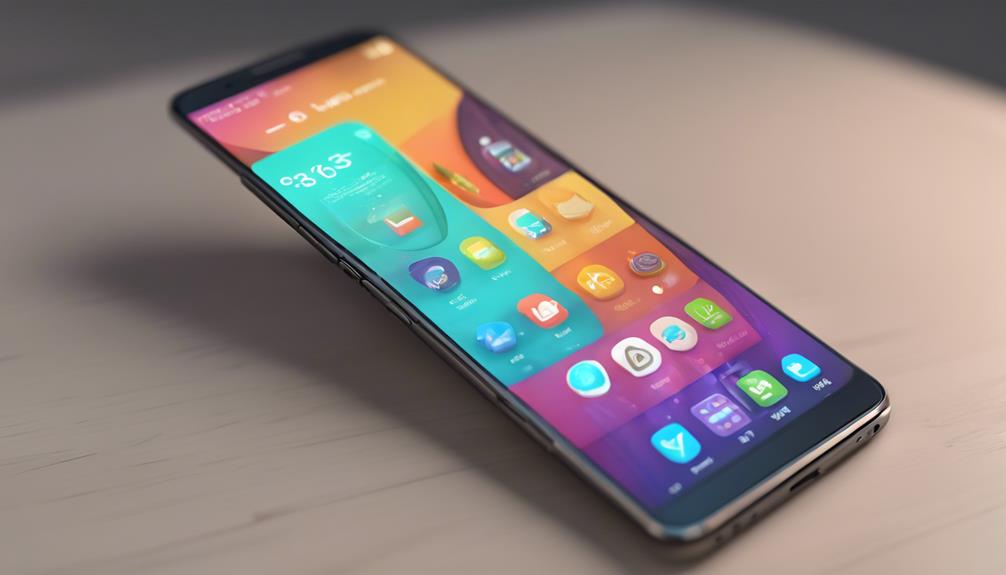
Many Android devices come with built-in launcher features that let you easily hide apps from your app drawer. This is a fantastic way to create a more organized space and guarantee your personal apps stay private.
To get started, open your launcher settings—most devices have this option by long-pressing on the home screen. Once you're in the settings, look for options related to launcher customization. You'll often find a “Hide apps” feature.
Tap on it, and you'll see a list of all your installed apps. Simply select the ones you want to conceal, and they'll disappear from your app drawer, leaving a cleaner interface.
If you're using a third-party launcher, the steps might vary slightly, but the concept remains the same. Customizing your launcher not only enhances your user experience but also allows you to keep your digital life more secure and tailored to your needs.
Now, you can enjoy that sense of belonging, knowing your apps are just a swipe away when you need them, but out of sight when you don't!
Create a Secure Folder
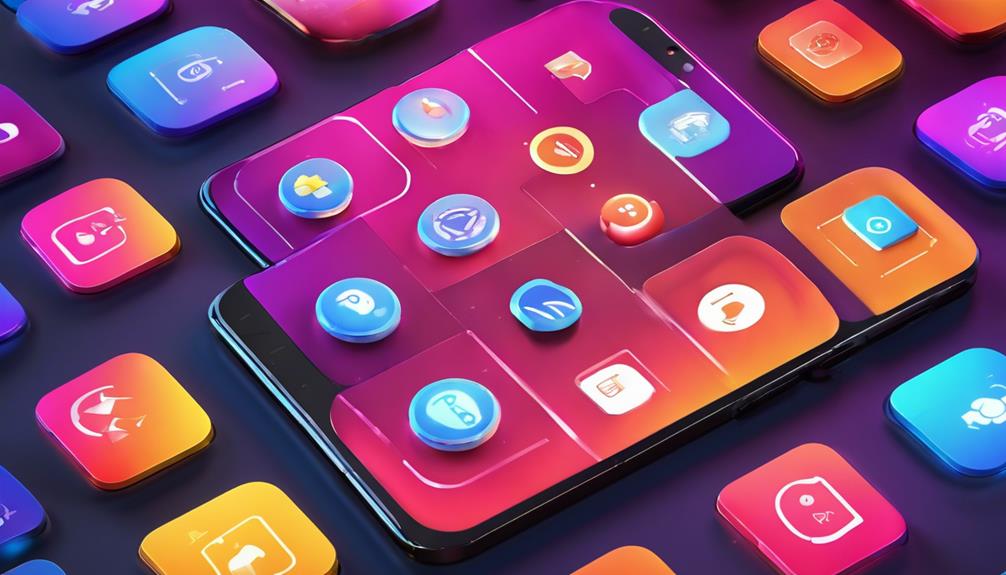
Creating a secure folder on your Android device lets you store sensitive apps and files safely, ensuring they're only accessible to you. This feature is perfect for keeping your private information away from prying eyes, enhancing your peace of mind.
To start creating a secure folder, head to your device's settings. Look for the 'Secure Folder' option, which is commonly found in the Biometrics and security section. Once you enable it, you'll need to set up a password or PIN for extra protection. After that, you can easily move apps and files into this folder.
The secure folder benefits go beyond just hiding apps; it also provides encryption, ensuring your data remains private. You can add photos, documents, or even entire apps that you want to keep confidential. Plus, it's user-friendly! You can quickly access your secure folder with just a few taps.
In a world where privacy matters, creating a secure folder is an essential step. It not only enhances your security but also fosters a sense of belonging, knowing that your personal space is well-protected.
Utilize Third-Party Apps
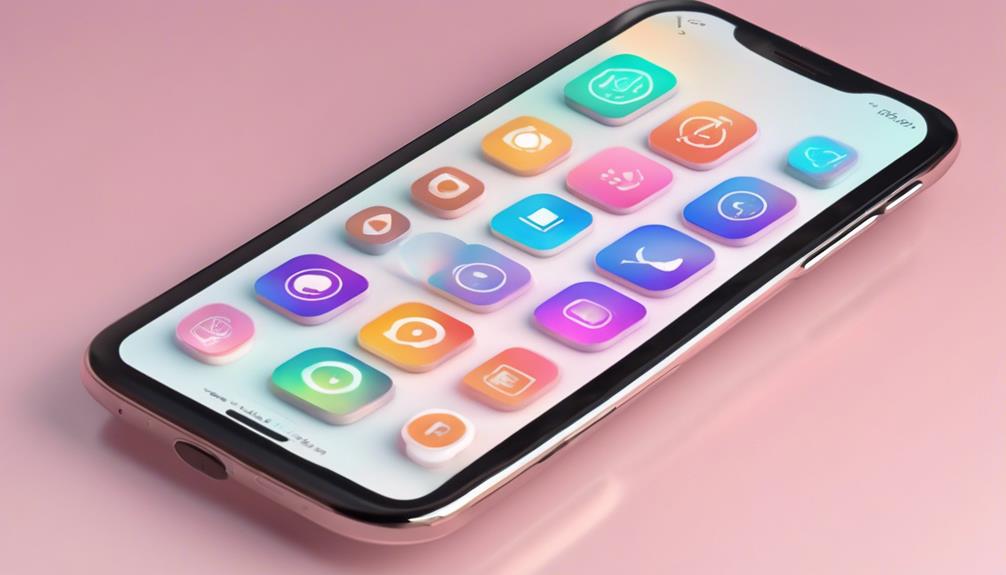
Using third-party apps can be a game-changer for hiding apps on your Android device, providing additional options and features that built-in settings may lack. These apps often come with enhanced privacy features that help you manage your user experience more effectively.
To get started, browse the Google Play Store for reputable app-hiding tools. Look for those with high ratings and positive reviews, as this can help you avoid potential privacy concerns.
Many of these apps allow you to create a hidden space where you can store your apps securely, making them invisible to prying eyes. You can also find options that let you disguise the app icon or use a secret code to access your hidden apps.
This not only protects your personal data but also guarantees you maintain a smooth user experience without feeling overwhelmed by intrusive notifications or app visibility.
Customize App Permissions
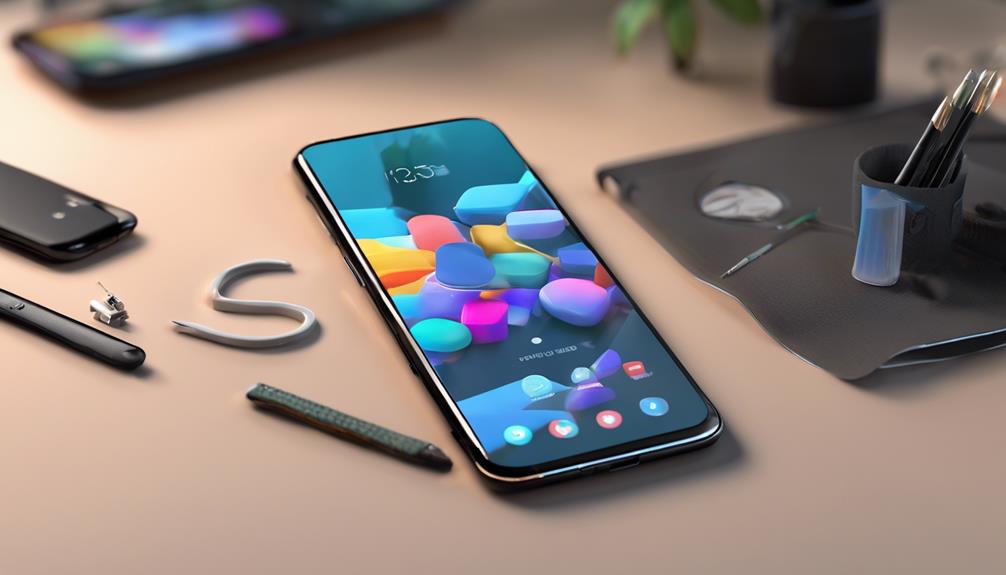
Customize app permissions to enhance your privacy and control what information each app can access on your Android device. With effective app permissions management, you can decide which apps have access to your location, contacts, camera, and more. This selective app access not only safeguards your data but also gives you peace of mind.
To get started, open your device's settings and navigate to the 'Apps' section. Here, you'll see a list of all your installed applications. Tap on an app to view its permissions. You'll often find options to enable or disable specific permissions. For instance, if a weather app doesn't need your location when you're not using it, turn that permission off.
Regularly review these settings to keep your information secure. It's empowering to know you have control over your data, and it helps guarantee that you're sharing only what you want with the apps you use.
Utilize App Hiding Settings
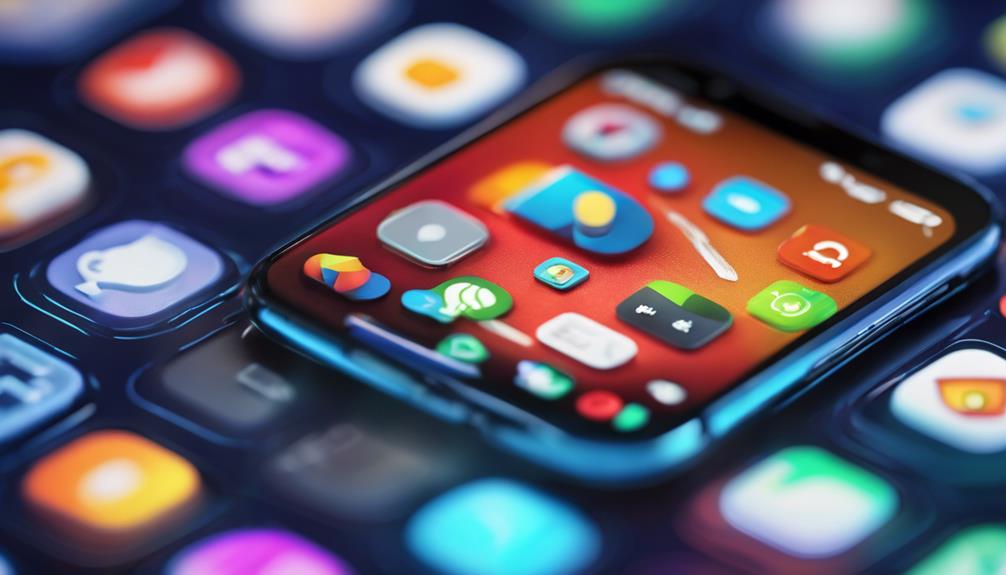
Hiding apps on your Android device can keep your screen organized and your personal information private. One of the simplest ways to achieve this is by utilizing your device's app hiding settings. Most Android smartphones come with built-in features that let you adjust app visibility without deleting or disabling them.
To access these settings, head to your home screen and pinch it. Look for the “Home screen settings” option, where you can find the “Hide apps” feature. Select the apps you want to hide, and they'll vanish from your app drawer while remaining accessible through your settings.
Additionally, explore your privacy settings. Some Android devices allow you to set up a secure folder where you can store sensitive apps. This not only keeps them out of sight but also adds an extra layer of security.
Change App Icons
If you want to give your apps a fresh look, changing their icons can be a fun and effective way to personalize your home screen. By focusing on icon design, you can elevate the app aesthetics and make your device feel truly yours.
To get started, explore your device's built-in features. Many Android launchers allow you to customize icons directly. Find the app you want to change, long-press on it, and look for the option to edit or change the icon. You can select from a range of pre-installed designs or pick an image from your gallery for a personal touch.
If you're looking for more variety, consider downloading third-party launchers like Nova Launcher or Apex Launcher. These apps often come with extensive icon packs that transform your entire app interface. You can mix and match different styles to create a cohesive theme that reflects your personality.
Organize Apps in Folders

Organizing your apps into folders not only declutters your home screen but also makes it easier to find what you need quickly. With effective folder management, you can enhance your app organization and create a more personalized experience.
Here's how to get started:
- Identify Categories: Think about how you use your apps. Common categories include Social, Productivity, Entertainment, and Utilities.
- Group Similar Apps: Drag and drop apps that fit together into the same folder. For instance, place all your social media apps—like Facebook, Instagram, and Twitter—into one folder.
- Label Your Folders: Give each folder a clear, concise name. This helps in instantly recognizing the contents, so you won't waste time searching.
- Regularly Update: As you install or uninstall apps, revisit your folders. Keeping your app organization fresh guarantees you always have quick access to what you need.
Conclusion
In the digital world, 'out of sight, out of mind' can ring true when it comes to keeping your apps private.
By using built-in launcher features, secure folders, or third-party apps, you can easily hide apps without disabling them.
With a little customization, you can keep your device organized and secure.
So go ahead, give these methods a try and reclaim your privacy while maintaining easy access to the apps you use every day!






